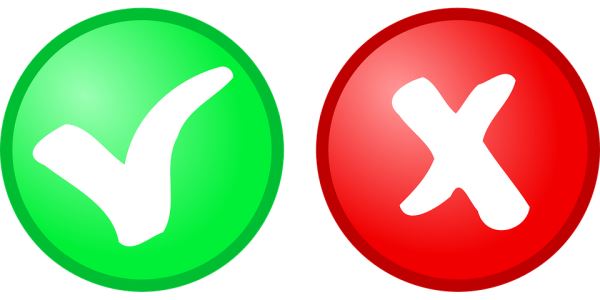A Safety Guide to Handling Power Cords
Power cords are an inevitable part of our life. No matter where we go, we always find them around us. This is because they are used to connect and power different equipment, appliances, gadgets and electrical supply. As we often deal with power cords, we must know how to handle them safely. If an electrician or a professional comes across a power cord hanging loosely in your house, it is quite likely that they will reprimand you about the same.

You must follow certain steps when it comes to handling power cords. Take a look at some of the dos and don’ts we have enlisted for your safety.
Dos
1. You must secure the cords in the right place so that they don’t remain dangling on the walls. This way, you can prevent accidents from happening. Use different equipment to make that possible.
2. It is very important to keep them away from the resources of heat and water. This is because, these two elements can cause damage to the insulation of the cord and it can become a shock hazard for you.
3. Keep the area around power cord spacious as thrusting too many of them in a small area can cause pressure and crumpling which leads to insulation damage.
4. Make sure you keep the power cord away from the crowded areas. By doing so, you can prevent people from tripping and also prevent the cord from overheating and fraying.
5. When you pull out the power cord, do it by holding it from the plug area. Pulling it from the wire part will decrease the life and efficiency of the cord.
6. Power cords when placed outside the house should ideally be placed under a shade. This keeps them prevented from the direct rays of sun or sudden change in weather. Also, make sure you put them in their place after they are used.
Don’ts
1. You must not start using coiled power cords as soon as you unbox them. Make sure you release and unwind them before using as they can cause overheating in a coiled position.
2. Don’t put the cords under rugs or carpets. This is because cords cannot release heat when confined or kept under pressure. Also, people can trip and fall if they do not have idea about them being underneath the carpet.
3. Don’t stack up the plugs as it can lead to overloading of power point resulting into fire.
4. It is not advisable to go for Octopus connections as they can cause fire hazards. So make sure you follow the permitted figure of wattage.
If you spend maximum number of hours around power cords, you must keep this list of dos and don’ts handy with you or attach it to the wall nearest to your workplace. We all know that prevention is better than cure. Hence, by following these dos and don’ts, you will be able to save your family and peers from electrical accidents. Keep safe!



Comments
Post a Comment